7 Big Microsoft, AT&T Announcements From MWC Barcelona
Azure Operator Distributed Services, Azure Operator 5G Core, Azure Private 5G Core and Azure public MEC are among the products to receive updates at MWC Barcelona
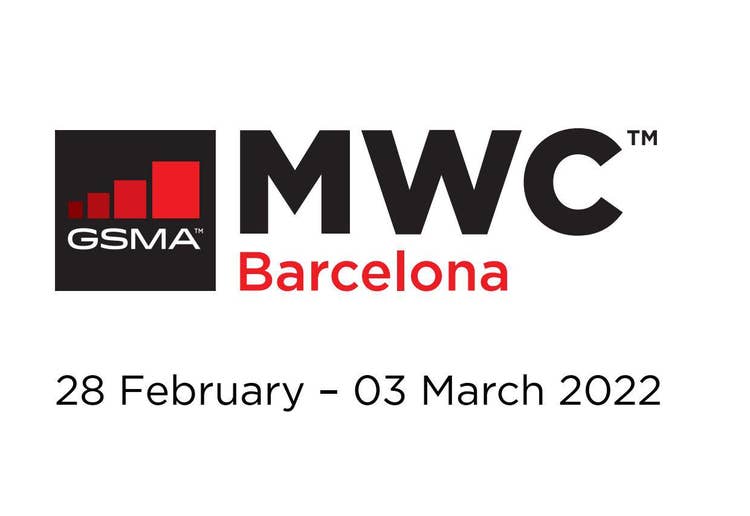
Microsoft announced major new offerings for its cloud products aimed at telecommunications companies this week during MWC Barcelona mobile communications trade show.
The new offerings follow on Microsoft’s acquisition of AT&T’s network cloud organization, announced last summer.
MWC, also known as Mobile World Congress, is held in person this year from Feb. 28 to March 3.
[RELATED: 5 Things Partners Need To Know About The Microsoft- AT&T 5G Deal]
In a statement, Francesco Venturini, Microsoft’s chief vice president for the media and communications industry, said that Microsoft technology and developer ecosystem is powering carrier-grade hybrid cloud platform, voice core, mobile core, multi-access edge compute (MEC) and other next-generation communications technology. These technologies “empower operators to modernize their networks, drive down costs, and create new services and business models,” he said.
Thanks to software-defined networking (SDN) and network functions virtualization (NFV), “the use of cloud technology within the core network is becoming a reality,” Venturini said. “Our vision of offering the operator an open and interoperable ecosystem built using hyperscaler technology, highly automated operations, and scalable infrastructure will be highly attractive.”
Here’s what you need to know.
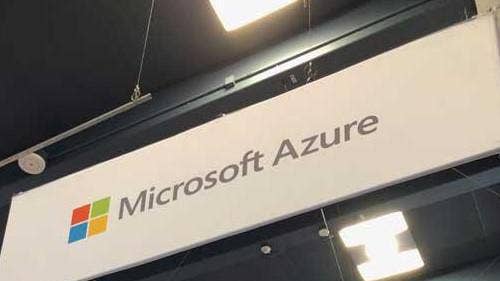
Testing Stage Planned For Azure Operator Distributed Services
Microsoft announced that the Azure Operator Distributed Services hybrid cloud platform for telecommunications operators will enter initial testing stages later this year.
The platform takes AT&T technology Microsoft bought and combines it with Azure capabilities around security, monitoring, analytics, artificial intelligence, machine learning and more, according to Microsoft.
The platform promises to allow core, radio access network (RAN), operational support systems (OSS), business support systems (BSS) and other workloads on a single carrier-grade hybrid platform, according to Microsoft. The platform aims to give operators simple management and automation capabilities at the edge of the cloud, the network or the enterprise edge. .
Operators using Distributed Services will still “hold access” to customer data, according to Microsoft. “Microsoft cannot access or see it.”
Distributed Serves also aims to create new services for operators to monetize their networks and gain customer insights. The platform can run at AT&T on premises or on Azure public cloud, according to Microsoft.
It supports the AT&T mobile core network, which spans more than 60 cloud-native network functions (CNFs) and virtual network functions (VNFs) from 15 different vendors. AT&T is still selecting and managing CNFs, VNFs and their configurations for its customer mobility services, according to Microsoft.
In a statement, AT&T Executive Vice President and Chief Technology Officer of Network Services Andre Fuetsch said his company is “pleased with Microsoft’s plan to evolve Network Cloud and integrate it with Azure technologies to create hybrid telco grade ‘Azure Operator Distributed Services.’”
“This will enable AT&T and other operators to host Network Functions on clouds spanning telco premises and public cloud and will help us realize the many benefits of cloud native approach and Azure innovation including additional speed, resiliency, security, cost and operational improvements,” he continued.

Microsoft Working With Third Parties On Integrated Services
Ericsson and Nokia are examples of two Microsoft partners working on integrations with Azure for Operators, according to a Microsoft statement.
Nokia is working with Microsoft to integrate Azure, Azure IoT Edge Services and Nokia’s Cloud radio access network (RAN) and NetGuard Cybersecurity Dome.
“Open collaboration is key to the development of new and innovative high-value 5G use cases that will equip our customers with the tools they need for digital transformation,” Chris D. Jones, Nokia’s vice president of strategic partnerships, strategy and technology, said in a statement. “This is part of Nokia’s continued commitment to leading an open mobile future, making it simple for our customers to take advantage of the 5G world helping to drive it forward.”
Ericsson is exploring enterprise 5G use cases with Azure for Operators, according to Microsoft.
“Combined with cloud capabilities, 5G has the potential to accelerate the digital transformation of virtually any sector of industry or society,” Jan Karlsson, Ericsson’s senior vice president and head of business area digital services, said in a statement. “The combination of Microsoft Azure for Operators (AFO) and Ericsson’s market leading cloud-native network functions & orchestration suite promise significant benefits for customers.”
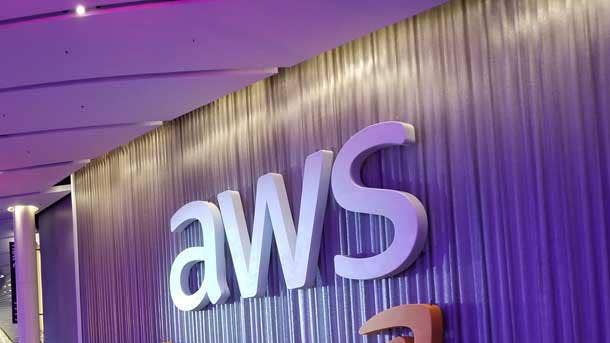
Another AWS Swipe?
In Microsoft’s press release for new services for Azure for Operators, the tech giant appeared to take another swipe at rival Amazon Web Services.
The release, attributed to Microsoft Executive Vice President of Strategic Missions and Technologies Jason Zander, says that Microsoft is “committed to partnering with” telecommunications companies, “not competing against you.”
“With solutions that run on-premises, at the edge, or in the cloud but are always managed and secured by Azure, Microsoft meets you where you are, offering flexibility to transform on your terms and timelines,” Zander said. “We are committed to partnering with you, not competing against you. Your consumer, enterprise, and government customers will benefit from a cloud platform with industry-leading security and governance built-in, and with an unmatched partner and developer ecosystem to maximize the value of cloud at the edge.”
The quote is similar to a LinkedIn post that Judson Althoff, executive vice president and chief commercial officer at Microsoft, published on Feb. 17 in reference to the Amazon Care telehealth service
“Trust is a top priority for our customers,” Althoff wrote on LinkedIn, a social media network focused on professionals and owned by Microsoft. “In industries like healthcare, financial services, and retail, they need to be able to trust that their cloud provider won’t partner with them one day and compete with them the next. At Microsoft, it means something that we are, and have always been, an enterprise technology company.”
CRN has reached out to Microsoft and AWS for comment.
In September, AWS CEO Adam Selipsky spoke about the affiliation between AWS and Amazon.com during an event. He said that customers declining to work with AWS due to Amazon.com is “a meme that’s out there, and, honestly, it’s very infrequently true.”
“Amazon’s a big company now, and of course we’ve got competition — as we should — in every business,” Selipsky said at Fast Company’s Innovation Festival. “But if you look at digital entertainment, for example, AWS has big and deep relationships with folks like Netflix, Hulu, Disney+, HBO, even though there are other parts of Amazon that might compete against them. Or if you look at retail, for example, you’ve got Nike and Brooks Brothers, Shop Direct, Instacart, Zulily. I could go on, but many of these different sectors where Amazon has businesses, we have really long-term, deep, strong partnerships with these external companies.”
He continued: “The world is complicated, and I think we’re all used to cooperating in some areas. There might be some competition in other areas, but the reason it works is because of trust. It works because all of these external companies know that AWS has one mission only and that is to enable their success. And there’s never any compromising in any dimension on that.”
Justin Copie, CEO of West Henrietta, N.Y.-based AWS and Microsoft partner Innovative Solutions, criticized Althoff and Microsoft in his own LinkedIn post, saying that Microsoft works in the same segments as some of its customers. “Every Surface laptop sold is one fewer sold by an OEM,” Copie said.
Copie said that both companies “offer great technology that the world is in massive need of. However, it‘s peculiar that Microsoft is revisiting old tropes about competitors like AWS right now.” He suggests Microsoft is criticizing AWS to take attention away from its Microsoft 365 price increases.
“Whatever the reason may be, IMO (in my opinion) it‘s always better to focus on customers, instead of competitors,” Copie said. “Throwing shade begets more shade. Throwing shade doesn’t beget more customers.”
Both Microsoft and AWS have made major investments in growing their telecommunications offerings. AWS is participating in multiple sessions around 5G and cloud at MWC Barcelona. AWS’ Selipsky has told CRN that telecommunications is a vertical of interest. Selipsky will deliver a keynote address during MWC March 1.
Both companies have partnered with Verizon on public and private mobile edge computing. In April, AWS and Verizon announced a private multi-access computing (MEC) for enterprises.
Last summer, Microsoft and AT&T reached a deal that brings the carrier’s 5G workloads to the Azure for Operators platform and gives AT&T access to Microsoft cloud, artificial intelligence and edge technology to assist with launching new 5G-enabled services.
In November, AWS announced a preview of its private 5G managed service offering.
AT&T and Google, widely regarded as the No. 3 cloud behind AWS and Microsoft, also announced joint 5G and edge offerings last year.
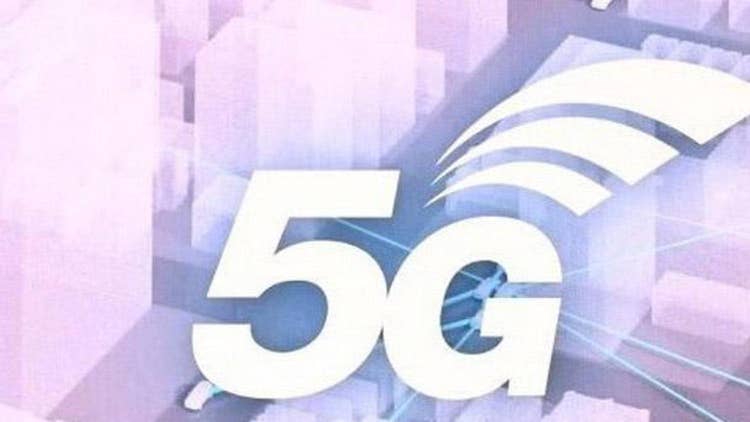
Azure Operator 5G Core Enters Private Preview
Microsoft expanded access to its Azure Operator 5G Core, a service meant to allow operators to build, deploy and manage scalable mobile networks. A “select number of partners and customers” have access to the 5G Core private preview, with all operators having access “soon,” according to Microsoft.
The service can scale to hundreds of millions of subscribers and devices, according to Microsoft.
5G Core deploys on Azure Operator Distributed Services and includes cloud management, life cycle management, network slicing and integrated analytics among its capabilities. Operators can access open APIs to integrate 5G Core with existing environments. Operators can also create new services through first- and third-party tools, according to Microsoft.

Microsoft Expands Azure Private 5G Core Access
The Azure Private 5G Core service was expanded to public preview access, according to Microsoft. Private 5G Core, a packet-core-as-a-service that is part of Azure Private Multi-Access Edge Compute (MEC), is meant to give operators and system integrators a way to quickly deploy enterprise private mobile networks and low-latency applications through Azure Stack Edge and other Azure Arc-connected edge platforms.
The service aims to give operators and integrators a way to manage multiple, globally distributed private wireless networks while integrating 4G and 5G components.
Accenture, Atos, Capgemini, Cognizant, Tata Consultancy Services (TCS) and Tech Mahindra are among the global system integrators that can handle the service, according to Microsoft.
AT&T and Swisscom are among the operators developing services on Private MEC, according to Microsoft. AT&T wants to bring 4G and 5G wireless networks with low-latency services to businesses, universities and the public sector. AT&T and Microsoft are co-developing a private 5G edge service with Azure Private MEC and Azure 5G Core.
RAN partners include Fujitsu and Qualcomm, according to Microsoft.
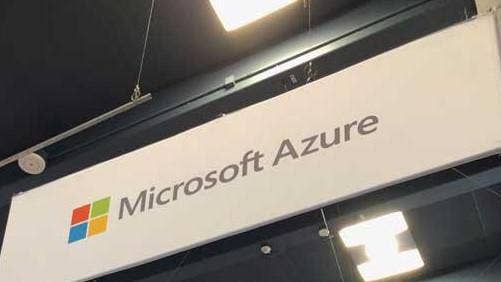
Azure Public MEC Introduced
Microsoft announced an Azure public multi-access edge compute (MEC) service during MWC Barcelona and elicited more operators and system integrators to partner with Microsoft on the service.
The service integrates Azure compute service and mobile operator 5G connectivity to improve application performance at the operator edge.
The company’s private MEC service was announced in June.
Azure public MEC promises to give users the ability to analyze data closer to where it’s captured and to edge-enabled devices, including cars and smartphones. The MEC also should allow for delivering cloud components at the edge while managing the components in the cloud, according to Microsoft. The service should reduce the need for on-premises servers and the amount of public cloud traffic.
Independent software vendors (ISVs) working with this service include VMware, Citrix, Couchbase and Checkpoint, according to Microsoft.
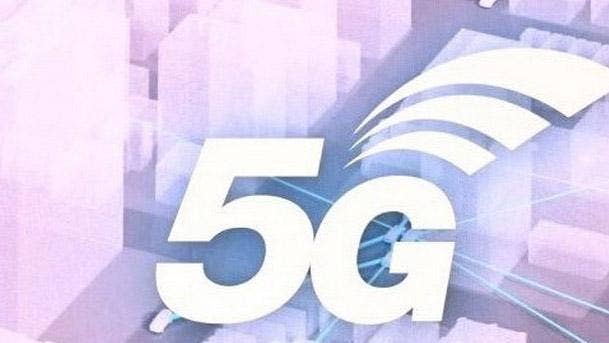
Microsoft, AT&T Developing Private 5G Edge
Announced just before MWC Barcelona is preview access of a private 5G edge offering AT&T and Microsoft are co-developing.
The offering will use Azure private MEC to deploy private wireless networks quickly across Citizens Broadband Radio Service (CBRS) and other radio spectrums.
The service will allow for roaming beyond the AT&T private network while staying connected to the company’s public network, according to the announcement. For example, ventilators getting loaned to one hospital by another can stay accounted for even outside the original hospital’s private network.
AT&T also predicts use by manufacturers to detect injured workers or fires and to alert first responders or active sprinklers. Car buyers can set up vehicle diagnostics and connected features at a dealership through a dedicated cellular network instead of using the dealership’s network. And video sensors can deploy at locations on the fly to monitor patients for fevers based on appearance, freeing up a staffer from doing a manual test.